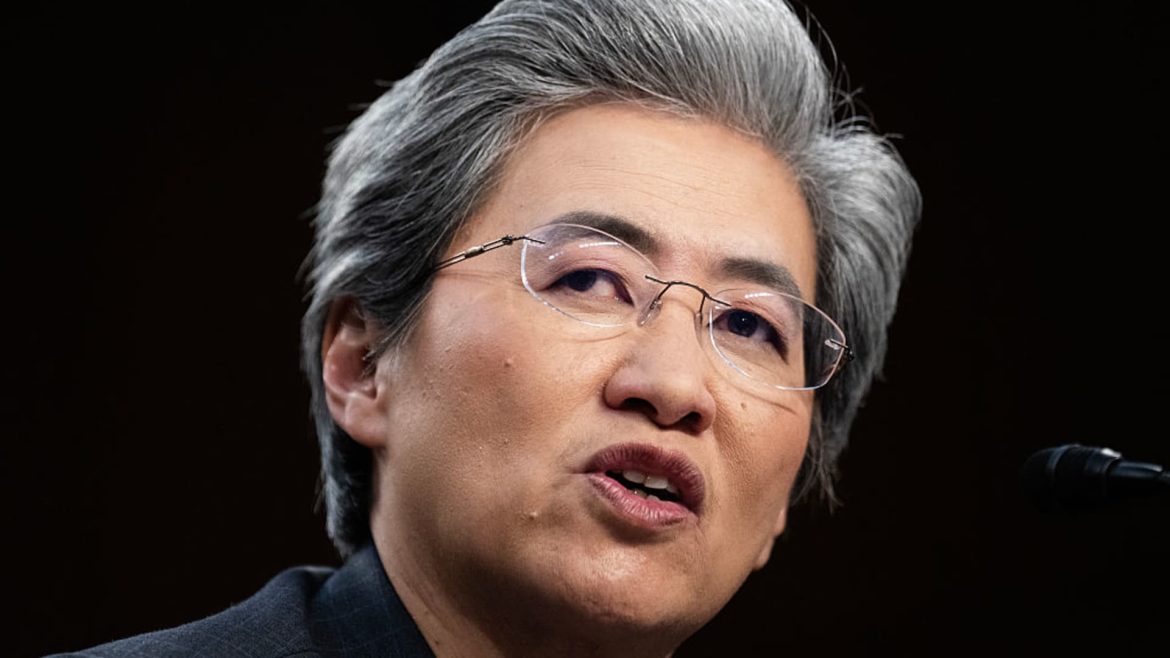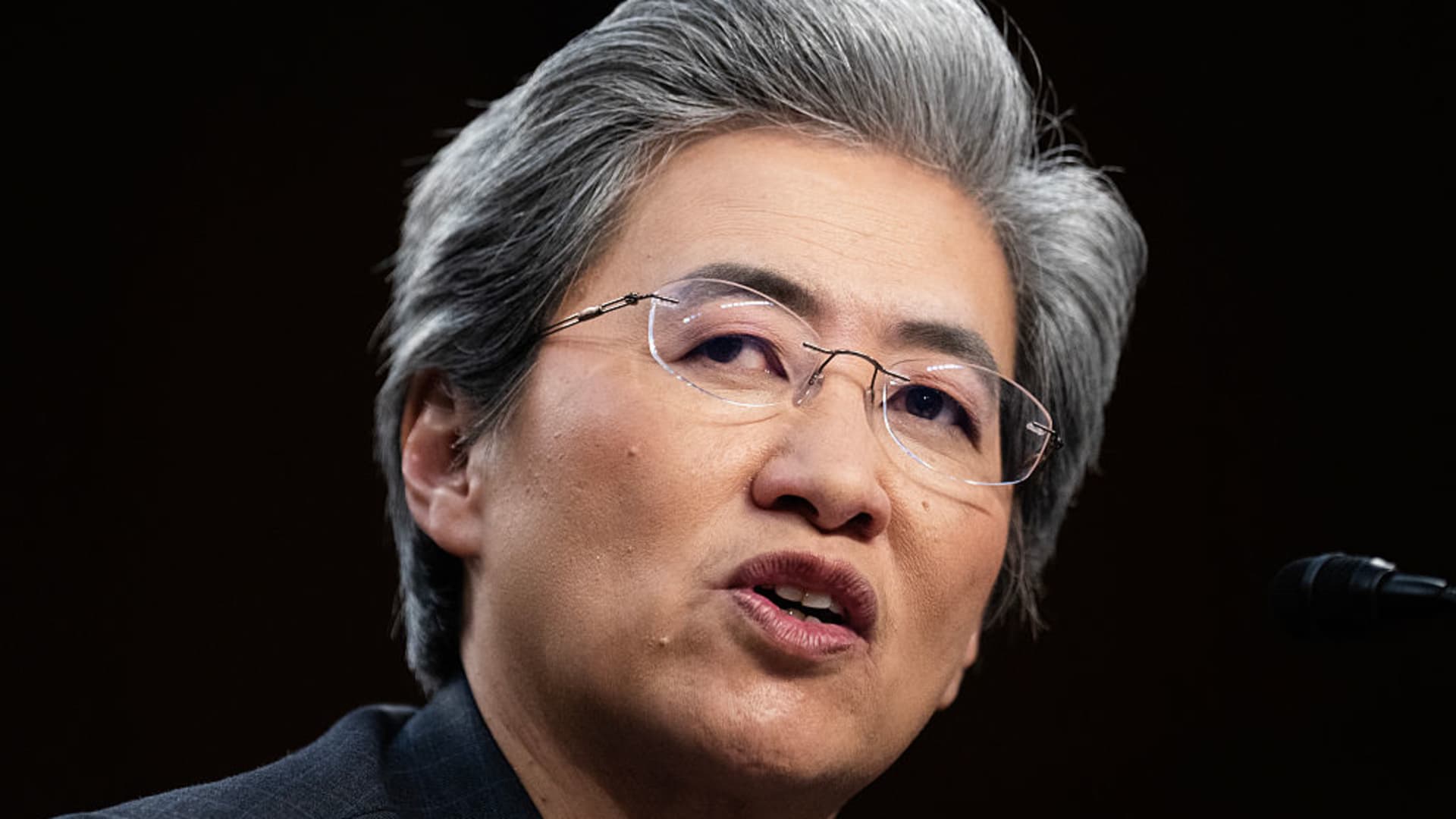AMD and OpenAI: Forging the Future of AI Hardware
The AI hardware landscape is evolving rapidly, as leading technology companies vie to propel artificial intelligence capabilities to new heights. Among the front-runners, AMD and OpenAI have revealed ambitious plans and collaborations that could shape the infrastructure of AI for years to come. This report explores the latest announcements and developments surrounding AMD’s next-generation AI chips and servers, OpenAI CEO Sam Altman’s vision for AI hardware, and the broader industry context.
—
AMD’s Next-Generation AI Hardware Breakthroughs
At COMPUTEX 2025, AMD unveiled a suite of next-generation products designed to accelerate AI performance and computing efficiency. Central to these announcements are the *Instinct MI400 series* of GPUs, pictured as the cornerstone of AMD’s AI hardware strategy moving forward.
– Instinct MI400 Series: Scheduled for release next year, these GPUs are engineered specifically for AI workloads, delivering significant advancements over previous generations in performance and energy efficiency. They will serve as the key components for AMD’s new *Helios* server rack.
– Helios AI Rack: Set to debut in 2026, Helios integrates thousands of MI400 GPUs into a full server rack designed to support large-scale AI models and data-intensive AI applications. This modular system positions AMD as a primary supplier for AI infrastructure capable of competing with established players such as Nvidia.
AMD CEO Lisa Su emphasized this next-generation hardware as part of an open AI ecosystem, underscoring the integrated synergy between silicon advancements, software stack optimizations, and AI algorithm developments. This ecosystem approach aims to maximize AI model efficiency, scalability, and accessibility for enterprise customers and AI developers worldwide.
—
OpenAI’s Strategic Hardware Vision and Partnership with AMD
OpenAI’s CEO Sam Altman has been a driving force behind forging close ties with AMD, underscoring the necessity of custom hardware solutions to sustain OpenAI’s ambitious AI research and deployment goals.
– Use of AMD Chips at OpenAI: OpenAI is already running some of its large AI models, including GPT variants, on AMD’s latest MI300X chips hosted on Microsoft Azure’s cloud infrastructure. This marks a strategic diversification away from a heavy reliance on Nvidia hardware.
– Collaborative Hardware Design: OpenAI and AMD have engaged in deep design collaborations to tailor future CPUs and GPUs for efficiency in AI workloads, signaling a shift toward a tighter integration of hardware and software in AI workflows.
– Long-term Vision: Sam Altman envisions pushing beyond current limitations by potentially establishing OpenAI’s own chip manufacturing capabilities. Reports indicate efforts to raise billions in capital to develop dedicated AI chip fabs in collaboration with leading semiconductor fabricators such as TSMC and Broadcom.
Altman’s goal is a holistically optimized AI stack, from silicon to software, enabling increasingly sophisticated AI reasoning models and adaptive, real-time AI interfaces. Notably, OpenAI is also partnering with prominent designers like Apple’s Jony Ive for the physical and interaction design of future AI systems.
—
Industry and Market Context: The AI Chip Race
The announcements by AMD and OpenAI occur against the backdrop of an intense global competition to build the next generation of AI hardware. Nvidia, Intel, Google, and others are all investing heavily in GPUs, AI accelerators, and custom chips to capture growth in AI infrastructure needs.
– Financial stakes are enormous, with OpenAI CEO Altman advocating for enormous multi-trillion dollar investments to drive the AI chip ecosystem forward. The race has triggered concerns about a potential financial bubble given the scale and speculative nature of some investments.
– Partnerships between AI software leaders and semiconductor makers are becoming increasingly vital for maintaining AI innovation momentum. OpenAI’s diversified hardware strategy of combining AMD and Nvidia technologies along with in-house development reflects the complexity and strategic considerations in AI infrastructure sourcing.
– The coming years will likely see greater emphasis on energy-efficient AI accelerators, modular server designs like AMD’s Helios, and co-designed AI silicon tailored closely for large language models and other groundbreaking AI applications.
—
Looking Ahead: Impact and Implications
The collaboration between AMD and OpenAI marks a pivotal chapter in AI hardware evolution, melding cutting-edge silicon technology with visionary AI research and deployment strategies. This partnership is not only about building faster chips but about architecting a flexible and scalable AI ecosystem that can handle the growing computational demands of generative AI and beyond.
– For AI Development: Tailored AI chips and modular systems like Helios promise higher performance with improved energy efficiency, enabling broader research possibilities and commercial applications.
– For Tech Industry Dynamics: OpenAI’s move into hardware investment could disrupt traditional chip manufacturing hierarchies, potentially challenging industry incumbents and fostering more vertical integration in AI technology stacks.
– For Users and Society: More powerful and accessible AI infrastructure will accelerate AI adoption across sectors, reinforcing AI’s transformative impact across economy and society while raising complex questions about technology governance and security.
—
Conclusion: A New Era of AI Hardware Innovation
AMD’s next-generation Instinct MI400 series and Helios AI rack, combined with OpenAI CEO Sam Altman’s visionary pursuit of integrated AI hardware solutions and potential chip manufacturing, signify a meaningful shift in the AI technology landscape. This alliance redefines how AI infrastructure will be built and used, giving rise to an open, optimized ecosystem designed to fuel the next wave of AI breakthroughs.
As AI applications become more sophisticated and computationally hungry, the fusion of advanced silicon technology and intelligent design strategies will be the backbone of future innovation. AMD and OpenAI are at the forefront of this transformation, pioneering a new era where powerful, efficient, and scalable AI hardware systems become true enablers of the AI revolution.





